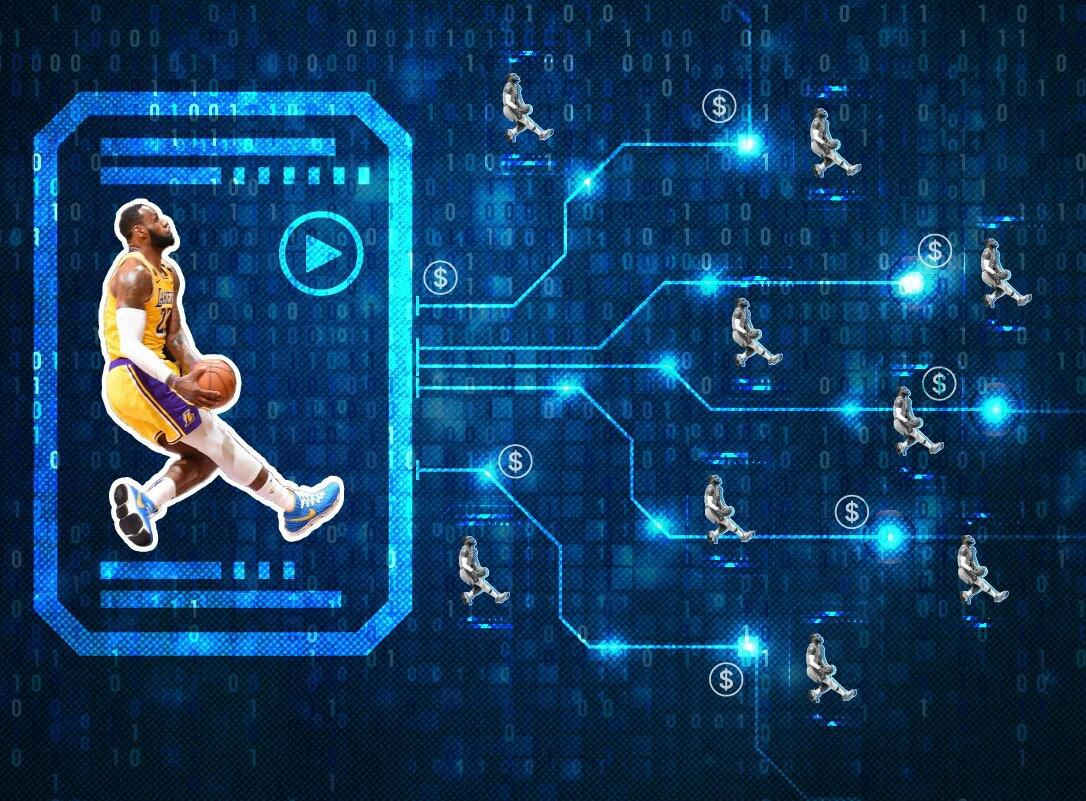
Fantasy sports has become one of the most popular games in recent times, with fans across the world assembling virtual teams from different leagues. According to Statista, there were 45.9 million fantasy sports players in the U.S. alone in 2019. This figure is higher in the Indian market where over 90 million people participate in various fantasy sports competitions. Currently, the two leading fantasy sports platforms (cricbuzz.com and fancode.come) both hail from India.
Before diving deeper, it is worth noting that fantasy sports have existed since the 19th century but the first formal leagues came about in the 1950s. In those early days, the games were featured on print publications such as Newspapers and Magazines. However, the trends changed in the 90s following the debut of the internet. Today, fantasy sports platforms can be easily accessed through modern devices such as computers, laptops and smartphones.
So, which sports are available in the existing fantasy sports platforms? Unlike back in the day when baseball and football were the main reference sports, the post-internet fantasy sports platforms have evolved to feature a wide selection, including NBA, MMA, Men’s and Women’s soccer, Tennis and NASCAR. As it stands, there are over 9 million players in Fantasy Premier League (FPL), one of the most competitive soccer-related fantasy sports.
The Fantasy Sports Gameplay
Coming down the gameplay, fantasy sports platforms allow users to curate virtual teams based on real-life sports players from a particular sport. For example, a player on FPL can create a team comprising 15 players, with the number of players selected from one team capped at a maximum of three. There is also a £100 million budget which means that players have to be strategic in their purchases.
While it may sound quite similar to betting, that is not the case; fantasy sports require a certain level of skill and knowledge for one to be successful. That said, one can choose to engage in a free or paid contest. The former is purely for entertainment (favourable for newbies) while the latter involves allocating a certain amount of money to a prize pool, where the winner takes home a larger share.
As we can see, it is quite easy to get started on fantasy sports. However, like any other ecosystem, this market also has some challenges. The next section of this article will highlight the primary shortcomings in today’s fantasy sports market, after which we will narrow down to solutions being presented by modern-day technologies like Non-fungible tokens (NFTs).
1. Difficulty in Skill Monetization
In the current state, the only way for users to monetize their fantasy sports skills is through competitions. While it may be a good deal for sports enthusiasts, there is major skewness in this approach; only the best will keep winning. What about the majority who are also looking to get lucky? In most cases, they end up sticking to free competitions, making it hard to monetize their skills even after becoming experts.
2. Entry Barriers
The current structure of the fantasy sports market is largely segmented, a good number of leading platforms only accept players from selected regions. This leaves out a huge market from developing countries that would have otherwise made the games more fun. Additionally, cross-border money transfer challenges means that users end up spending more on transaction costs, and in the worst-case scenario, they have no avenue for paying subscriptions.
3. Lack of a Social Aspect
While fantasy sports platforms provide a competing ecosystem, they lag behind when it comes to social interactions. Players only recognize each other through pseudonyms, unless in the occasion where a group of friends has created a mini-league. Given the communal spirit of sports, fantasy sports providers ought to be doing better. It is not just a matter of competition but creating digital communities as is the case in social media.
NFTs Value Proposition in Fantasy Sports
For the tech-savvy individuals, it is likely that you have come across Non-fungible tokens (NFTs). If you haven’t, worry not; here is a simple definition of this emerging crypto asset class – NFTs are indistinguishable (unique) assets built on the blockchain, they can be used to represent real-world assets such as art, stocks, property and digital trading cards used in gambling and fantasy sports.
Based on these features, NFTs introduce a seamless way for users to monetize their fantasy sports skills. For instance, Maincard, an upcoming web 3.0 fantasy sports platform that recently launched its mainnet on the Polygon blockchain, leverages NFT technology to enable users to buy unique digital cards for making predictions on popular sports, including basketball, soccer, and League of Legends. First-time gamers on Maincard can register and get up to $100 worth of NFTs.
What’s particularly unique about NFT prediction cards such as the one offered by Maincard is that their value can be upgraded or downgraded depending on a player’s performance. And, more importantly, it is also possible for one to trade their NFT card on Maincard’s marketplace. While still a nascent project, Maincard also recently partnered with the Myria blockchain gaming ecosystem to increase the appeal of NFTs in sports prediction markets.
Looking at the adoption trends and technical progress, it is only a matter of time before most stakeholders in the sports prediction market embrace NFT technology. The integration of NFTs with fantasy sports means that the market will be accessible to anyone, regardless of their location. This is because a good number of Web 3.0 platforms are designed as permissionless ecosystems, requiring only a non-custodial wallet for one to kickstart their fantasy sports journey.
Additionally, NFTs introduce transparency, given that records are stored on the blockchain and are tamper-proof. This makes it difficult for anyone to manipulate or change the data associated with a particular NFT, providing an unprecedented level of transparency to the ownership and provenance of digital items. Fundamentally, this level of transparency ensures the authenticity of digital items such as prediction cards is maintained, and that players can trust and verify actions within the ecosystem.
Conclusion
The fantasy sports market has a great potential given its growth over the last seven decades. However, the stakeholders ought to style up and adopt the latest technologies to tackle some of the prevailing challenges. While it is arguable that NFTs are still in the early innovation stages, it would be more costly to ignore their value proposition. As demonstrated in this article, the integration of fantasy sports with NFT technology is a possible game-changer in the long term.



